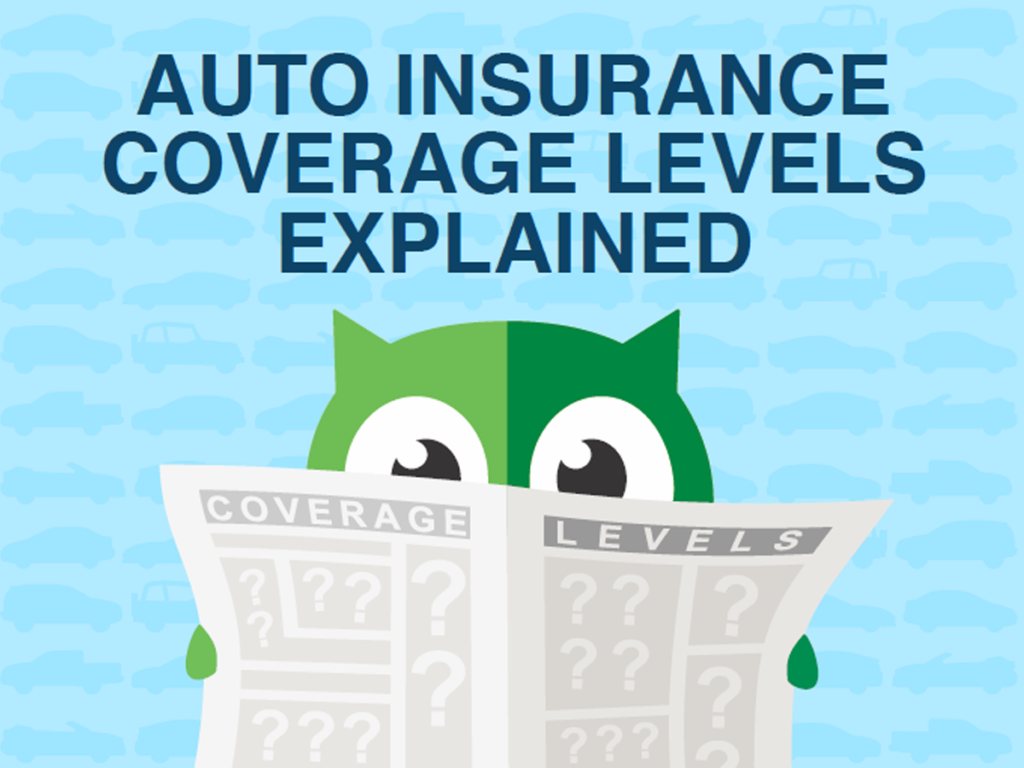When it comes time to shop for insurance, there are a ton of coverage options to choose from. What do the different coverage levels mean? Which insurance company is right for me? What type of coverage makes the most sense? Do I need state minimum basic coverage or a more premium, full-coverage policy to protect me? These questions and more are likely swirling through your head. But don’t worry – your insurance experts at Answer Financial are here to help guide you through the basics of auto insurance coverage.
How do car insurance coverages work?
Before you can legally drive a car, most states will require drivers to purchase auto liability insurance, or state minimum basic coverage. If you get into an accident, auto liability insurance pays for the other driver’s car repairs, medical costs, and other expenses if you’re found to be at fault.1
Most types of car insurance coverages are sold as 6-month or 1-year policies. A standard policy is typically comprised of six different kinds of coverages, each of which may be separately priced:
- Bodily Injury Liability: If someone is injured by the policyholder or a family member who is listed on the policy, this type of coverage applies. These individuals may also be covered when driving someone else’s car with permission. Drivers can choose to purchase more than the state-required minimum if desired.
- Medical Payments/Personal Injury Protection (PIP): If the driver or passengers in the policyholder’s car are injured in an accident, this coverage can help cover medical payments, lost wages and even funeral costs, if necessary.
- Property Damage Liability: If a policyholder causes damage to someone else’s property (usually a car) this type of coverage kicks in. It may also cover damages caused by an accident for items like telephone poles, lamp posts, fences, buildings or other structures.
- Collision: When a policyholder’s car collides with another car or object, collision coverage should help pay for the damages incurred. It may also cover damages caused by potholes. Typically, collision is sold with a deductible (the amount you’ll pay out of pocket) which can range from $250 to $1,500. Usually, the higher the deductible, the lower the premium. Even if the policyholder is found at fault for an accident, collision coverage should cover repair costs, minus the deductible. If the policyholder is found not at fault, their insurance company may try to recover the amount paid by the other driver’s insurance company. If successful, the policyholder is usually reimbursed for their deductible.
- Comprehensive: Sometimes damages are incurred from events other than collisions, like fires, falling objects, earthquakes, explosions or contact with animals like birds and deer. Comprehensive coverage should help reimburse policyholders if an event like this happens. Usually, this type of coverage is sold with a deductible ranging from $100 to $300. Like collision, higher deductibles typically lead to lower premiums.
- Uninsured and Underinsured Motorist Coverage: This type of coverage helps protect policyholders in case they are hit by an uninsured or hit-and-run driver. They may have to pay for the damages out of pocket, but coverage like this can offer reimbursement. If an at-fault driver has insufficient insurance to pay for the other driver’s total losses, this type of coverage can also be helpful.
How much car insurance coverage do I need?
The amount of coverage you’re legally required to have, compared to the amount you may financially need, can vary. If you live in the United States and own your vehicle, you likely aren’t required to carry comprehensive or collision insurance. But if you lease your car or are making payments, the financial organization managing your lease or loan will probably insist you carry these coverages in case of an accident. While it’s usually smart and beneficial to have \coverage that includes comprehensive and collision insurance you may think twice if you drive an older car that’s not worth much money.
Does my coverage cover rental cars?
An accident is stressful enough without having to worry about a rental car. If your goal is to save as much as possible on your monthly insurance premium, then adding rental reimbursement may not be for you. But, if you want to make sure you have funds to rent a car while your vehicle is in the shop, adding rental reimbursement for a nominal fee is a smart idea.2
Who is Answer Financial?
When you start shopping for auto insurance, you can rely on Answer’s team of insurance experts to help you find the right policy for your needs. On our website, you can review auto insurance quotes side-by-side from top-rated insurers, purchase policies and save often. If you have any questions, our licensed agents are standing by on chat or by phone to help. Our customers report saving an average of $565 a year on insurance.*That’s probably why 95% of our reviewers say they’d recommend us.**
